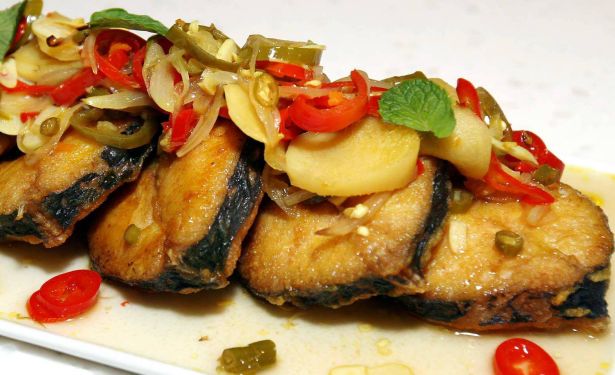CHOCOLATE is exceptionally affordable as a gourmet food when compared to gourmet cheeses, wines, truffles, the list goes on.
For instance, the price for a proud bottle of French cognac or an aged balsamic vinegar or even wild black caviar when compared with their everyday counterparts, is in the order of hundreds or even thousands of times greater.
In the supermarket, an average bar of chocolate at 100g costs no more than RM20, compared to the world’s most expensive solid eating chocolate that sells for no more than RM90.
The spread for chocolates between the average and the best is a small fraction unusual for other gourmet foods.
There are some reasons for this, one is that chocolates don’t improve with age, thus it is meant for consumption.
Chocolates are not influenced by a collectors market so prices are determined by more rational consumers. Lastly, ratings have virtually no impact on the prices you pay for chocolates.
For these reasons, chocolates give you the best value when buying for tasting or as heart-warming gifts. However, before you reach for that bar on the shelf, understand these most common buying mistakes.
Mistake 1: Buying chocolate based solely on where it is made.
This is sort of like saying that French wine is the best just because it is made in France. In reality, it is now possible to buy great wines made in every part of the world, and it is possible to buy lousy wines from France. The same is true for chocolate; it is not better just because it is from Belgium – many great chocolates are made elsewhere.
Mistake 2: Buying chocolate based solely on its cocoa content.
Despite the marketing hype, there is no relationship between the cocoa content and chocolate quality. There is also no relationship between cocoa content and whether or not a chocolate is considered semisweet or bittersweet; both are technically “sweet chocolate,” but neither is defined more precisely than that. The quality of a chocolate is determined from plantation management, bean selection, all the way through making the chocolate and its freshness and storage.
Mistake 3: Buying chocolate in the wrong place.
When you want to buy great produce, you go to a specific store. When you want to buy great cheese, olive oil, or balsamic vinegar, you go to a specialty food store. You could buy these in a supermarket but you won’t have access to the same quality selection. The same is with chocolates, if you want great chocolates, buy it from a source that specialises in chocolates. In addition to having a better and larger selection, a specialty store will more likely sell fresher chocolates than what you can buy in a supermarket.
Mistake 4: Buying chocolate that is not strictly fresh.
The best chocolates – plain bars or confections – are the ones that were made in the last twenty-four hours. The shelf-life of hand-made artisan chocolates might be measured in weeks, but there is no doubt that it is at its best within hours or days of being made. This is still true even if the chocolate is frozen during storage or transport.
Mistake 5: Buying chocolate that contains non-cocoa butter fats.
This mistake should really rank one in terms of significance. “Real” chocolate, to borrow a phrase from Chantal Coady, a British chocolatier, contains no fat other than cocoa butter. In the EU, chocolate makers are allowed to substitute up to 5% of cocoa butter with alternative vegetable fats. This is done solely to reduce the costs of making chocolate, although at the expense of chocolate quality. In any case, avoid buying anything, chocolate or otherwise, that contains partially hydrogenated oils like palm kernel oil, as these are the least heart-healthy of all fats.
Clay Gordon is the author of “Discover Chocolate”, the ultimate guide to buying, tasting, and enjoying fine chocolate.





